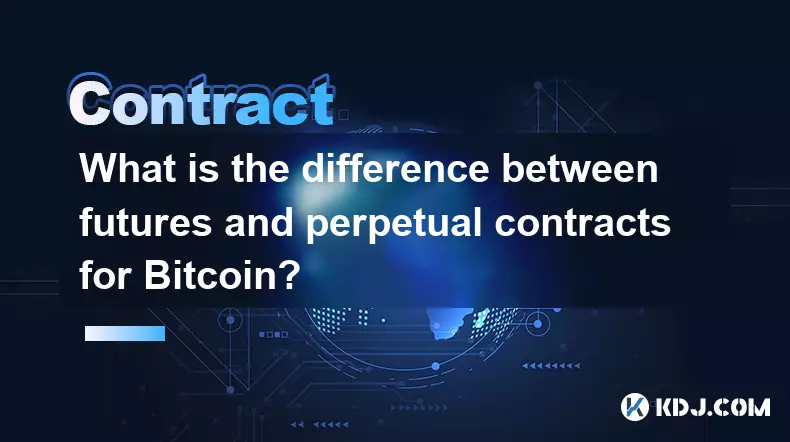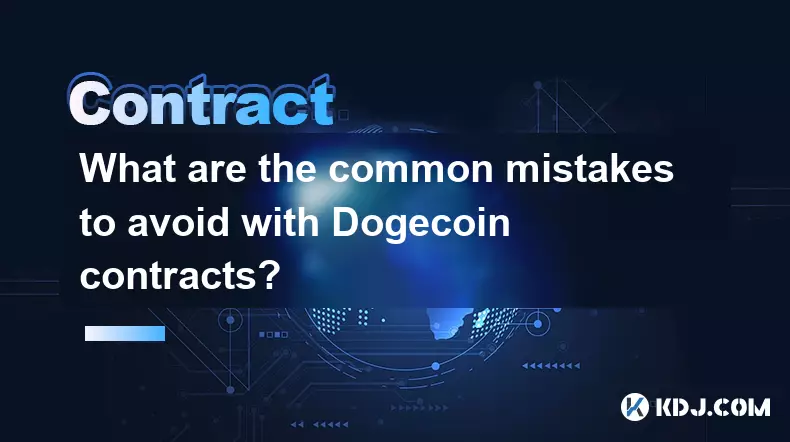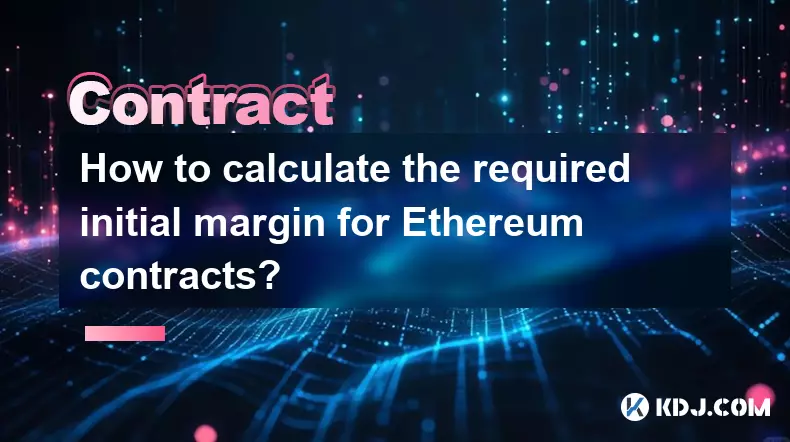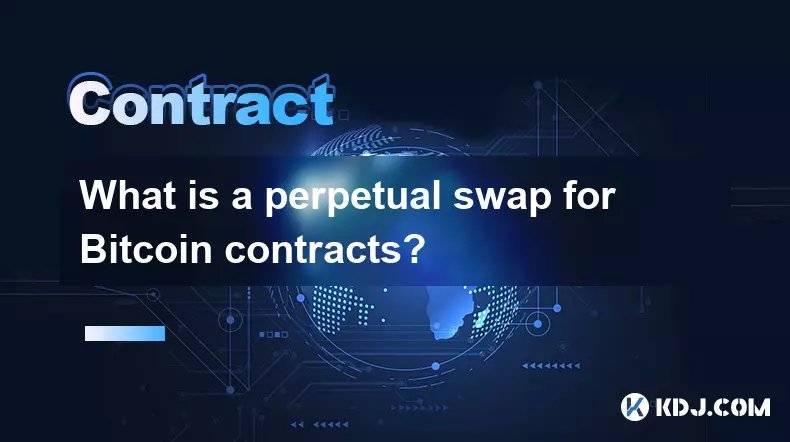-
 bitcoin
bitcoin $118548.520763 USD
3.67% -
 ethereum
ethereum $4352.564943 USD
4.79% -
 xrp
xrp $2.964058 USD
4.22% -
 tether
tether $1.000565 USD
0.05% -
 bnb
bnb $1028.372955 USD
1.46% -
 solana
solana $221.373507 USD
6.00% -
 usd-coin
usd-coin $0.999933 USD
0.02% -
 dogecoin
dogecoin $0.248633 USD
6.85% -
 tron
tron $0.341444 USD
2.38% -
 cardano
cardano $0.852946 USD
5.82% -
 hyperliquid
hyperliquid $47.869306 USD
6.15% -
 chainlink
chainlink $22.561476 USD
6.01% -
 ethena-usde
ethena-usde $1.001258 USD
0.05% -
 avalanche
avalanche $30.660000 USD
2.06% -
 stellar
stellar $0.400917 USD
9.76%
Difference between Bithumb leverage and contract
Bithumb Leverage Trading uses borrowed funds to amplify positions, while Contract Trading involves perpetual contracts that directly represent the underlying asset.
Nov 08, 2024 at 05:58 am

Bithumb offers two distinct trading products: leverage trading and contract trading. While both products involve the use of leverage, they differ significantly in their underlying mechanisms, risk profiles, and suitability for different trading strategies.
Overview of Bithumb Leverage Trading- Definition: Leverage trading on Bithumb allows traders to amplify their trading positions by borrowing funds from the exchange.
- Leverage: Traders can leverage their positions up to a maximum of 10x.
- Margin Call: If the trader's position moves against them and their account equity falls below the required margin level, a margin call is triggered. This forces the trader to deposit additional funds or close their position to avoid liquidation.
- Fees: Leverage trading incurs interest charges based on the borrowed amount and the duration of the trade.
- Suitability: Leverage trading is suitable for short-term, speculative trading strategies with high risk tolerance.
- Definition: Contract trading on Bithumb involves trading perpetual contracts, which are standardized contracts that represent an underlying asset such as cryptocurrency.
- Leverage: Traders can leverage their contracts up to a maximum of 125x.
- Liquidation: If the trader's position moves against them and their account balance falls below the required margin level, their position is automatically liquidated.
- Fees: Contract trading incurs trading fees and funding fees, which are paid on a daily basis to the counterparty in the contract.
- Suitability: Contract trading is suitable for more experienced traders with a high risk tolerance who are comfortable with complex trading mechanisms.
- Underlying Asset: Leverage trading involves borrowing funds to amplify positions on the underlying asset, while contract trading involves trading contracts that represent the underlying asset directly.
- Leverage: Contract trading typically offers higher leverage than leverage trading, allowing traders to amplify their positions more significantly.
- Risk: Contract trading involves a higher risk than leverage trading due to the potential for automatic liquidation.
- Fees: Contract trading incurs trading and funding fees, while leverage trading primarily incurs interest charges.
- Suitability: Leverage trading is more suitable for shorter-term, speculative trading, while contract trading is more suitable for experienced traders with a high risk tolerance.
The choice between leverage trading and contract trading depends on the trader's individual circumstances, risk tolerance, and trading strategy. If the trader prioritizes capital preservation and is comfortable with slower, steady returns, leverage trading may be a more appropriate choice. If the trader is comfortable with higher risk and seeks greater earning potential, contract trading may be a better option.
It is crucial to thoroughly understand the mechanics and risk profiles of both leverage trading and contract trading before engaging in these activities. Traders should always conduct thorough research, consider their own risk appetite, and seek professional advice when necessary.
Disclaimer:info@kdj.com
The information provided is not trading advice. kdj.com does not assume any responsibility for any investments made based on the information provided in this article. Cryptocurrencies are highly volatile and it is highly recommended that you invest with caution after thorough research!
If you believe that the content used on this website infringes your copyright, please contact us immediately (info@kdj.com) and we will delete it promptly.
- BlockDAG, DOGE, HYPE Sponsorship: Crypto Trends Shaping 2025
- 2025-10-01 00:25:13
- Deutsche Börse and Circle: A StableCoin Adoption Powerhouse in Europe
- 2025-10-01 00:25:13
- BlockDAG's Presale Buzz: Is It the Crypto to Watch in October 2025?
- 2025-10-01 00:30:13
- Bitcoin, Crypto, and IQ: When Genius Meets Digital Gold?
- 2025-10-01 00:30:13
- Stablecoins, American Innovation, and Wallet Tokens: The Next Frontier
- 2025-10-01 00:35:12
- NBU, Coins, and Crypto in Ukraine: A New Yorker's Take
- 2025-10-01 00:45:14
Related knowledge

What is the difference between futures and perpetual contracts for Bitcoin?
Oct 02,2025 at 11:54pm
Understanding Bitcoin Futures Contracts1. Bitcoin futures are derivative instruments that allow traders to speculate on the future price of Bitcoin at...

What are the common mistakes to avoid with Bitcoincoin contracts?
Oct 03,2025 at 08:54am
Emerging Trends in the Cryptocurrency Market1. Decentralized finance (DeFi) platforms continue to expand their influence across the blockchain ecosyst...

What is the maintenance margin for Bitcoin contracts?
Oct 02,2025 at 01:36am
Decentralized Exchanges Gain Momentum in 20241. Decentralized exchanges (DEXs) have seen a significant rise in trading volume, surpassing centralized ...

How to calculate the required initial margin for Ethereum contracts?
Oct 01,2025 at 06:01am
Understanding Initial Margin in Ethereum Futures1. The initial margin for Ethereum futures contracts represents the minimum amount of capital a trader...

What is a perpetual swap for Bitcoin contracts?
Oct 01,2025 at 08:18am
Understanding Perpetual Swaps in Bitcoin Trading1. A perpetual swap is a type of derivative contract that allows traders to speculate on the price of ...

What is the best platform for trading SOL contracts?
Oct 01,2025 at 06:36am
Understanding the Role of Decentralized Exchanges in Modern Crypto Trading1. Decentralized exchanges (DEXs) have reshaped how traders interact with di...

What is the difference between futures and perpetual contracts for Bitcoin?
Oct 02,2025 at 11:54pm
Understanding Bitcoin Futures Contracts1. Bitcoin futures are derivative instruments that allow traders to speculate on the future price of Bitcoin at...

What are the common mistakes to avoid with Bitcoincoin contracts?
Oct 03,2025 at 08:54am
Emerging Trends in the Cryptocurrency Market1. Decentralized finance (DeFi) platforms continue to expand their influence across the blockchain ecosyst...

What is the maintenance margin for Bitcoin contracts?
Oct 02,2025 at 01:36am
Decentralized Exchanges Gain Momentum in 20241. Decentralized exchanges (DEXs) have seen a significant rise in trading volume, surpassing centralized ...

How to calculate the required initial margin for Ethereum contracts?
Oct 01,2025 at 06:01am
Understanding Initial Margin in Ethereum Futures1. The initial margin for Ethereum futures contracts represents the minimum amount of capital a trader...

What is a perpetual swap for Bitcoin contracts?
Oct 01,2025 at 08:18am
Understanding Perpetual Swaps in Bitcoin Trading1. A perpetual swap is a type of derivative contract that allows traders to speculate on the price of ...

What is the best platform for trading SOL contracts?
Oct 01,2025 at 06:36am
Understanding the Role of Decentralized Exchanges in Modern Crypto Trading1. Decentralized exchanges (DEXs) have reshaped how traders interact with di...
See all articles










































































